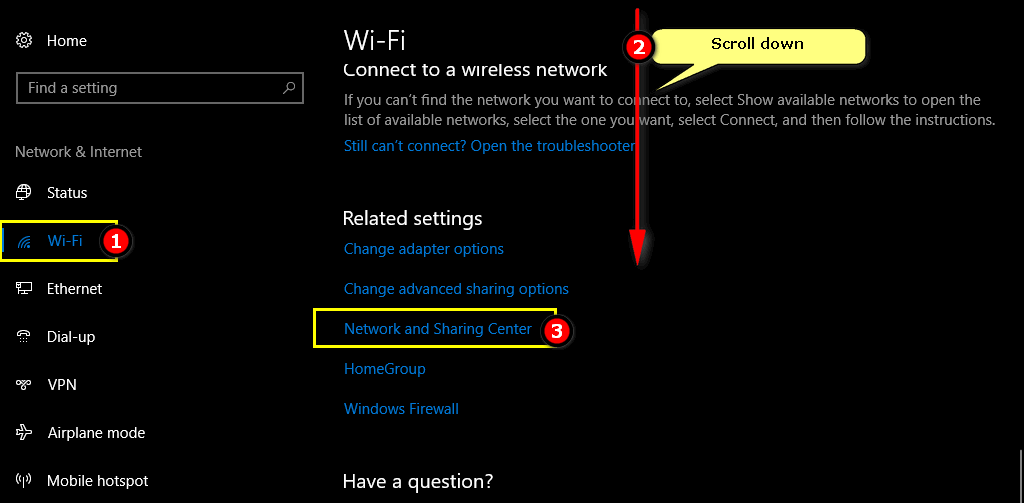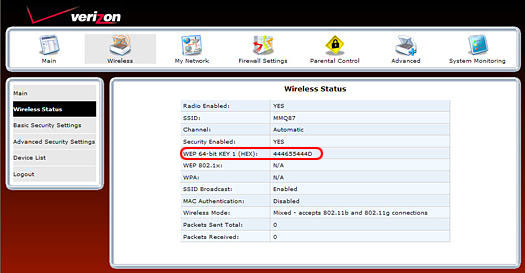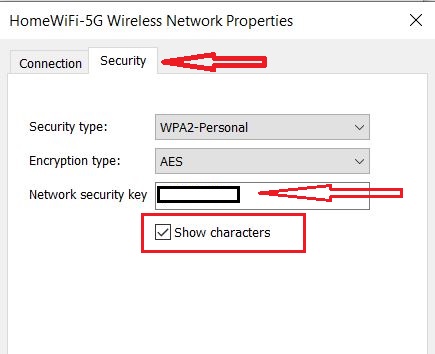
Where Do I Find The Network Security Key?
- 0
If you’ve ever wondered where you can find the Network Security Key (NSK) for your wireless network, you’re not alone. Despite the many ways to get the NSK, most of us have never tried. Here’s a guide to changing your security key if you’ve been using WEP or WPA. Changing the NSK is easy and will allow you to regain access to your wireless network after a network breach or a new ISP.
Getting a network security key
Getting a network security key is an important step in protecting your personal and corporate information on the internet. The Internet is an open source, so cybercriminals are always trying to find new ways to exploit its weaknesses. Fortunately, network security keys can help prevent such problems by using encryption standards and policies. Here are some reasons why you should get a network security key for your computer. Let’s take a look!
First, if you can remember your network security key, you should have no problem recovering it. Most routers use WPA2 by default. This security protocol is not foolproof, so you may need to reset your WiFi password if you change your device’s security policy. The good news is that there are a few methods you can use to get your network security key, including the ones below. If you have forgotten your WiFi password, the sticker method is a great solution for resetting it.
Changing a network security key
If you’ve ever noticed that your wireless network isn’t as secure as it should be, it may be time to change your network security key. The security key is usually labeled on the outside of your router, either on the back or on the bottom. It’s also listed on the router’s packaging box or user manual. Your ISP provides you with a security key to protect your network. Changing the network security key is relatively simple.
The first step to changing a network security key is to update the security settings of your wireless router. You can do this by going into the settings of your access point or router and tapping the corresponding icon. Then, select the Wi-Fi network name from the list and click the Advanced tab. Once you’ve found this information, you can change your security key to match. Once you’ve changed your security key, be sure to change it regularly to prevent data from being stolen.
Changing a WEP network security key
Changing a WEP network security key is a quick and easy way to improve security on your wireless network. While WEP is an older security standard, it has been around since 1999. It was created to guard wireless networks against Man-in-the-middle attacks, but its security was subsequently compromised. It was formally retired by the Wi-Fi Alliance in 2004 but is still widely used by many network administrators. The security key is easily cracked by downloadable tools.
A WEP network security key is the password that a Wi-Fi router requires to connect to your network. It contains a sequence of characters, usually in the form of a random or static hexadecimal key. WEP networks use this key to encrypt messages so that they are unreadable by outsiders. While WEP was one of the first security protocols, it only offers a minimal level of security. Although it is still widely used in older devices, it is not recommended for newer networks. Its static encryption code is vulnerable to breakage by downloadable decryption software and is therefore only recommended for older devices.
Changing a WPA or WPA2 network security key
If your wireless network has been compromised or you suspect that your password is no longer valid, changing the security key should be a top priority. To change your network security key, you should first log into the router’s web interface and select the wireless settings. In the wireless section, navigate to the settings tab and click the WPA or WPA2 option. To create a new network security key, follow these steps:
If the issue persists, you can try connecting manually by deleting the current network details, restarting your PC, and then adding the new network security key. Alternatively, you can use the same process as above, but make sure you remember the new password. However, you may have trouble if you’ve used an old PC or an older wireless access point. You can also try updating the wireless network software on your PC to make sure the security key on your PC is up-to-date.


